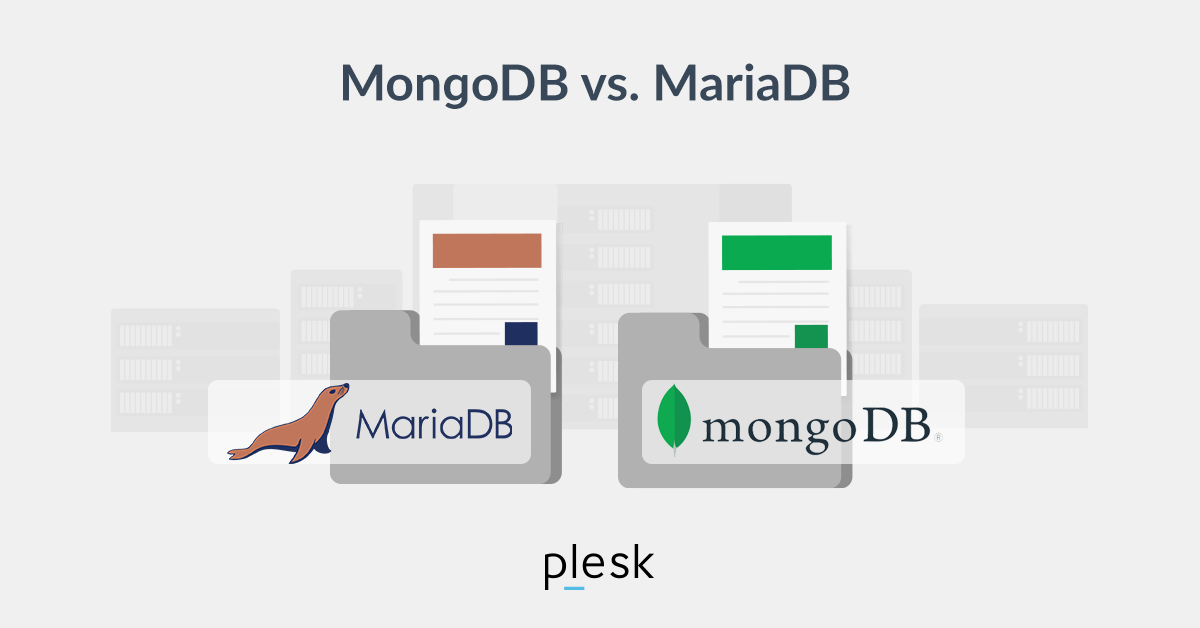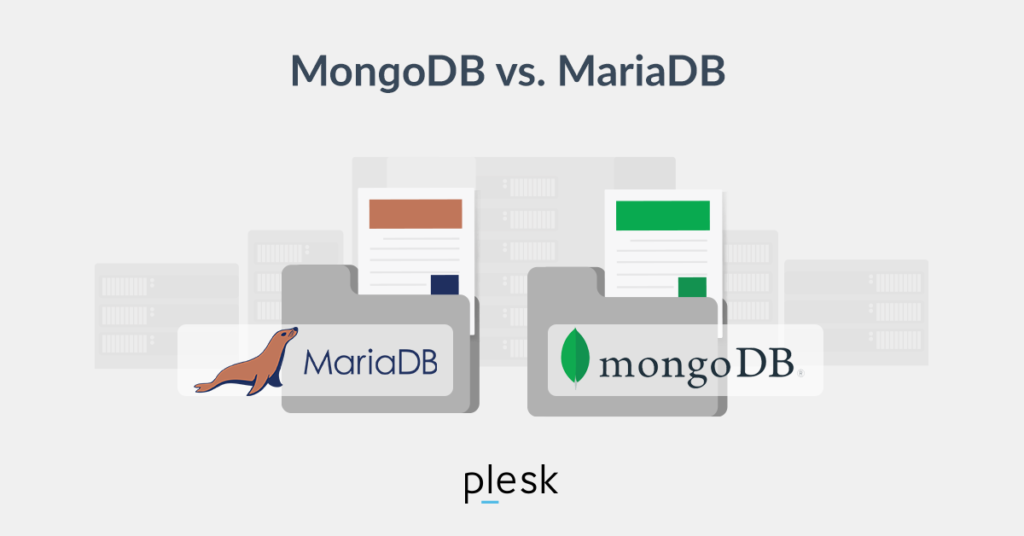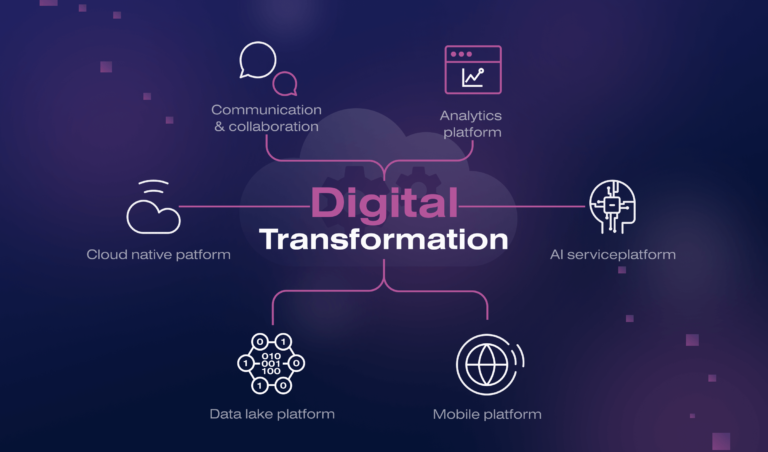MongoDB vs MariaDB : Which One Your Database Needs?
- Rust Tech Stack in 2024 For Full Stack Development - July 18, 2024
- What Are PWAs & How They Can Boost Your Small Business - June 27, 2024
- MongoDB vs MariaDB : Which One Your Database Needs? - June 5, 2024
When it comes to choosing a database management system, businesses and developers face a critical decision that can significantly impact performance, scalability, and flexibility. Among the popular choices are MongoDB vs MariaDB, each with its unique strengths and use cases. We’ll explore the key differences MongoDB vs MariaDB and their advantages, and how to determine which is best suited for your database needs.
Overview of MongoDB and MariaDB
MongoDB is a NoSQL database designed for scalability, flexibility, and ease of development. It stores data in a JSON-like format called BSON (Binary JSON), which allows for dynamic schemas. This non-relational database is known for handling large volumes of unstructured data and supports features such as horizontal scaling and high availability.
MariaDB is a relational database management system (RDBMS) that originated as a fork of MySQL. It uses structured query language (SQL) and is known for its robust performance, security, and compatibility with MySQL. MariaDB is designed for handling structured data and supports ACID (Atomicity, Consistency, Isolation, Durability) transactions, making it suitable for applications requiring data integrity.
Key Differences Between MongoDB and MariaDB
1. Data Model
- MongoDB : Utilizes a document-based model, storing data in BSON format. This allows for flexible and dynamic schemas, making it ideal for applications with evolving data requirements.
- MariaDB : Employs a table-based model, storing data in rows and columns. It requires a predefined schema, which enforces data integrity and is well-suited for structured data.
2. Query Language
- MongoDB : Uses a rich, JSON-based query language that supports complex queries, aggregations, and indexing. It is more intuitive for developers familiar with JSON.
- MariaDB : Uses SQL, a standardized query language for relational databases. SQL is widely known and used, making MariaDB accessible to a broad range of developers and applications.
3. Scalability
- MongoDB : Designed for horizontal scaling, allowing for easy distribution of data across multiple servers. It is ideal for handling large datasets and high-throughput applications.
- MariaDB : Primarily scales vertically, though it also supports sharing and replication for horizontal scaling. It is suitable for applications with moderate scaling needs.
4. Transactions
- MongoDB : Supports multi-document transactions, but with some limitations compared to traditional relational databases. It is adequate for many use cases but may not provide the same level of consistency as RDBMS.
- MariaDB : Fully supports ACID transactions, ensuring data integrity and consistency across multiple operations. It is ideal for applications requiring reliable transaction management.
5. Performance
- MongoDB : Excels in scenarios involving large volumes of unstructured data, high write loads, and real-time analytics. Its performance benefits from schema flexibility and horizontal scaling.
- MariaDB : Performs exceptionally well with structured data, complex queries, and transactional workloads. The performance is enhanced by optimizations for SQL queries and indexing.
Use Cases for MongoDB
- Big Data Applications : MongoDB’s ability to handle large volumes of unstructured data makes it suitable for big data analytics, real-time processing, and IoT applications.
- Content Management Systems : The flexibility of dynamic schemas allows for easy storage and retrieval of diverse content types, making it ideal for CMS platforms.
- Mobile and Web Applications : MongoDB’s scalability and JSON-based data model align well with the needs of modern mobile and web applications, providing efficient data storage and retrieval.
Use Cases for MariaDB
- E-Commerce Platforms : MariaDB’s robust transactional support and SQL compatibility make it a reliable choice for e-commerce systems requiring data integrity and complex queries.
- Financial Applications : The need for ACID transactions and structured data storage in financial systems is well-met by MariaDB’s relational model and performance optimizations.
- Enterprise Resource Planning (ERP) Systems : MariaDB’s ability to handle complex, structured data and maintain consistency is ideal for ERP applications that manage business processes.
Choosing the Right Database for Your Needs
Consider MongoDB if :
- You need to handle large volumes of unstructured or semi-structured data.
- Your application requires flexible, dynamic schemas that can evolve over time.
- You anticipate high write loads and need efficient horizontal scaling.
- Your development team prefers working with JSON-like data formats.
Consider MariaDB if :
- You require strong transactional support and ACID compliance.
- Your data is highly structured, and you rely on complex SQL queries.
- You need a database system compatible with MySQL.
- Your application demands high performance and data integrity for critical business operations.
Conclusion
Choosing between MongoDB and MariaDB depends on your specific use case, data requirements, and scalability needs. MongoDB excels with flexible, large-scale data storage and high throughput, making it ideal for big data and real-time applications. MariaDB, with its robust transactional capabilities and SQL support, is perfect for structured data and applications requiring data integrity and complex queries. Evaluate your project’s requirements carefully to determine which database system will best support your business goals and technical needs.










